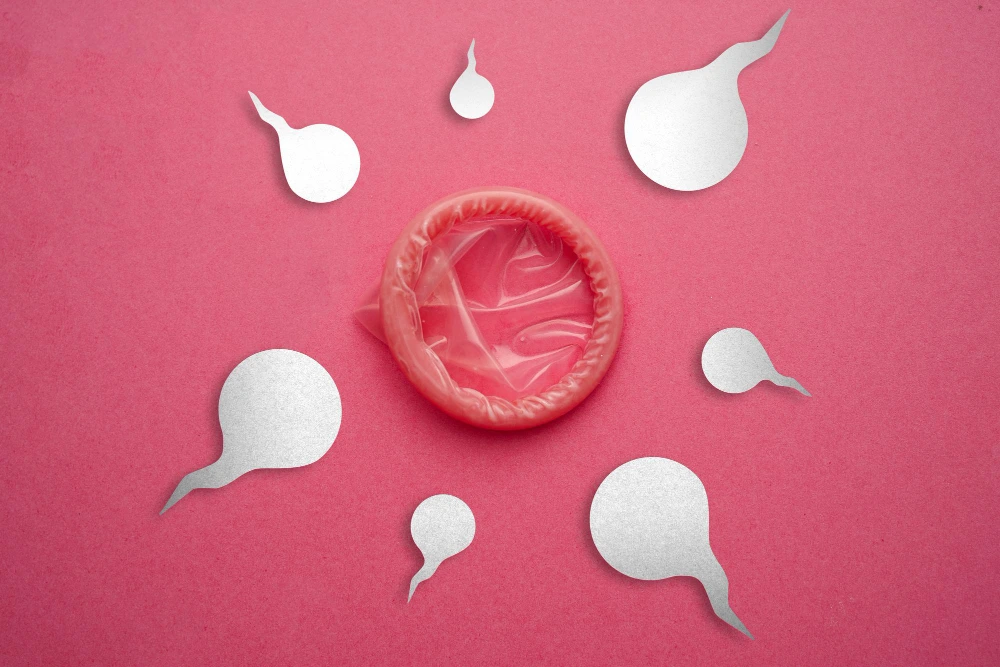
Sex Protectants: How Effective Are They and What Are Their Limitations?
To avoid unwanted pregnancies and sexually transmitted infections (STIs), sex protectants such as condoms, contraceptive tablets,
intrauterine devices (IUDs), and other kinds of protection are essential. They are vital resources for responsible and safe sexual
health. However, what is their effectiveness? And are there any drawbacks to them?
In this blog, we’ll explore the effectiveness of different sex protectants, their advantages, and the lesser-known drawbacks that people should be aware of.
Effectiveness of Different Types of Sex Protectants
Condoms
Condoms, both male and female, create a barrier to prevent pregnancy and reduce STI risks.
- Highly effective with perfect use, but human error can lower protection.
- Female condoms offer a similar level of protection when used correctly.
Limitations:
- Can break or slip if not used properly.
- Some people may have latex allergies.
- Require proper storage to maintain effectiveness.
Birth Control Pills
These hormone-based pills prevent ovulation, making pregnancy unlikely.
- One of the most reliable methods when taken consistently.
- Helps regulate periods and may reduce acne.
Limitations:
- No protection against STIs
- Missing doses lowers effectiveness.
- Possible side effects like nausea, mood swings, or weight changes.
- Rare risks like blood clots in specific individuals.
- Insertion can be uncomfortable, with initial cramps or spotting.
- May shift or cause rare complications.
- No protection against STIs.
Intrauterine Devices (IUDs)
Small T-shaped devices are placed in the uterus for long-term birth control.
- One of the most effective and low-maintenance options.
- Lasts for years and can also help with heavy periods (hormonal type).
Limitations:
- Insertion can be uncomfortable, with initial cramps or spotting.
- May shift or cause rare complications.
- No protection against STIs.
Emergency Contraception (Morning-After Pill)
Used after unprotected sex or contraceptive failure to prevent pregnancy.
- Works best when taken immediately.
- Not meant for regular use.
Limitations:
- No STI protection.
- Temporary side effects like nausea or irregular periods.
- Less effective the longer you wait to take it.
Are There Any Risks Associated With Sex Protectants?
- Despite their many advantages, sex protectants have disadvantages. Here are several dangers:
- Sex protectants have drawbacks despite their many benefits. Here are a few risks:
- A false sense of security Many people merely use condoms or pills without considering other protections like STI testing or immunisations (e.g., for HPV).
- Allergic reactions: Some persons may be allergic to latex (from condoms) or sensitive to hormones (from birth control).
- Discomfort or inconvenience: Condoms may reduce sensitivity, according to some, while hormonal methods might have unpleasant side effects for others.
- Not entirely reliable: Even when used properly, no method of contraception is 100% effective, and mistakes can happen.
Conclusion
Sex protectants are quite effective in preventing pregnancy and STIs when used as prescribed. However, no strategy is perfect, and it's critical to acknowledge its shortcomings. The best course of action is to combine techniques, such as using condoms and hormonal birth control, for enhanced protection.
Being responsible and informed about sexual health is essential. If you're unsure which technique is best for you, see a healthcare professional to explore your options based on your interests, lifestyle, and health.

